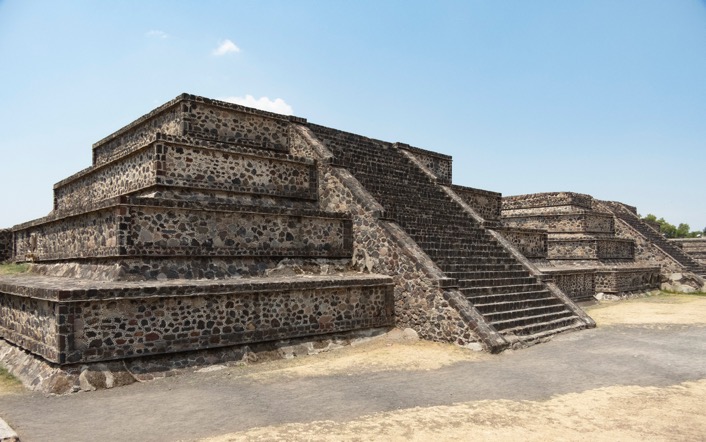
Shaping Place in Mesoamerica
Lectures (8)
Loading Accordion Items...The Overview
Unlike the European trajectory in architecture, in which walls and roofs separate interior spaces from the outside world, ancient Mesoamerican architecture primarily defined open-air spaces. Many Mesoamerican buildings had no “rooms” – or at least had very small rooms relative to their mass. Instead of congregating in large halls, people gathered in plazas, some vast and others more intimate, to conduct trade, to participate in ritual, and to engage in civic life.
Between 1400 BC and AD 1521, Mesoamerica (the most architecturally-intensive region of North America) was home to thousands of ancient kingdoms and a few metropoli, forged by people from dozens of distinct cultures. Each kingdom used the platform as a basic structural element. Sloping-sided platforms were stacked to create pyramids, extended to create the two sides of a ballcourt, or used in multiples to create the boundaries of a plaza. In some Mesoamerican cities, temples or palaces with small interior spaces stand upon pyramidal or low platforms. But as important as the platform and temple were the sculptures that decorated their surfaces. Whether it took the form of a carved stela, a colossal head, an abstract design, or a bas-relief narrative scene, sculpture gave the architectural form physical definition.
Despite the similarities created by the widespread use of platform, plaza, temple, and ballcourt, each ancient city had a distinctive visual character. In fact, it could be said that the focus of ancient Mesoamerican architects was on shaping earth or stone to define and manifest the specific qualities and history of a place.


